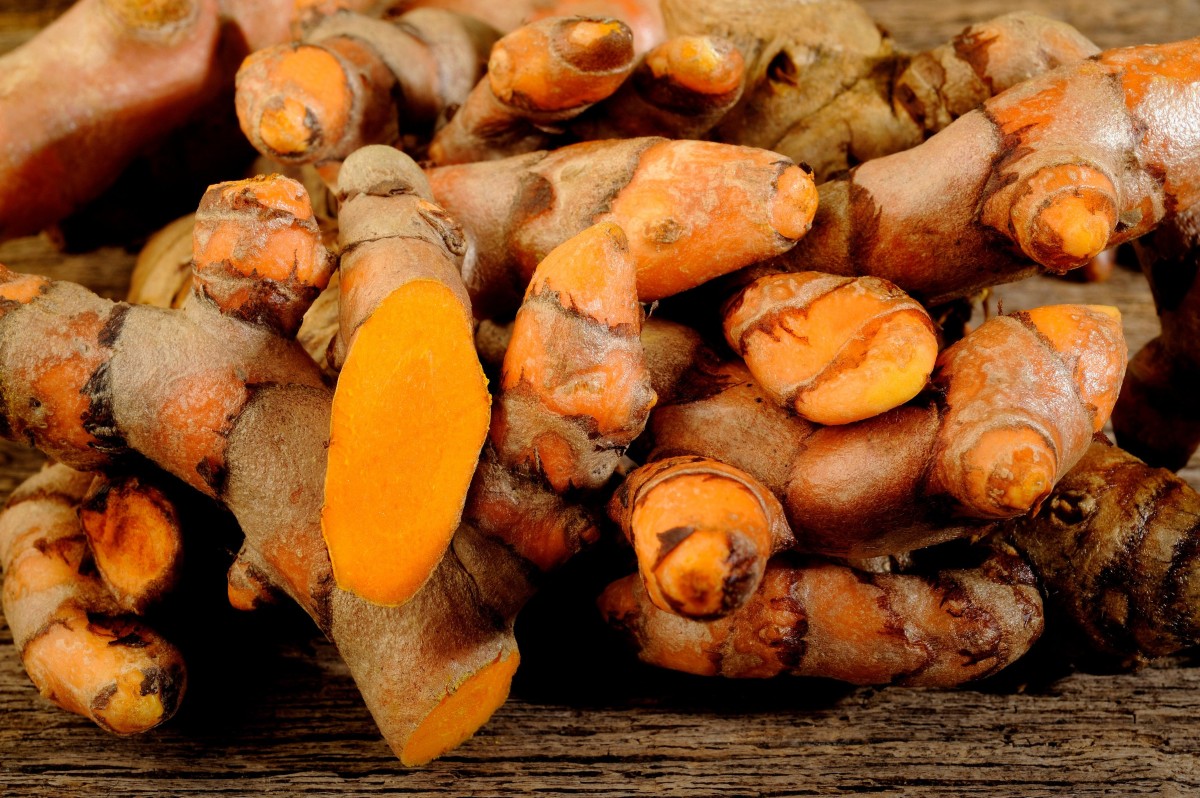
- Select a language for the TTS:
- UK English Female
- UK English Male
- US English Female
- US English Male
- Australian Female
- Australian Male
- Language selected: (auto detect) - EN
Play all audios:
Researchers at the Indian Institute of Science Education and Research in Bhopal have sequenced the genome of turmeric1. They identified specific genes that help the plant synthesise
important secondary metabolites, fight pathogens and tolerate environmental stress. The researchers say this is likely to open up new commercial uses for these metabolites, which have a wide
range of medicinal properties. To better understand the genomic and molecular basis of turmeric’s characteristics, the researchers, led by Vineet K Sharma, sequenced the whole genome of the
plant by extracting DNA from its leaf tissues. The team identified more than 50,000 genes that encode specific proteins. Among these they found 172 genes with multiple signs of adaptive
evolution. These genes are associated with the plant’s secondary metabolism and defence responses against stress conditions such as cold, heat, drought and salinity. The team also focused on
four key genes involved in biosynthesis of three important secondary metabolites – curcumin, demethoxycurcumin and bisdemethoxycurcumin. Genes with multiple signs of adaptive evolution are
also associated with jasmonic and salicylic acid signalling pathways. These pathways are important components of plant immune response and play crucial roles in plant-pathogen interactions.
The researchers say these genes evolved gradually, allowing turmeric plants to adapt to diverse environments and develop resistance to various diseases.








